Key points

Frankenstein was written by Mary Shelley and first published in 1818.
It is a GothicA type of story, usually full of tension and suspense, created using psychological techniques rather than gore and violence. story about what can happen when ambition goes too far.
It also questions the responsibilities of creators to their creations.
In Frankenstein, Shelley explores themes like ambition, revenge and what it means to be a monster.

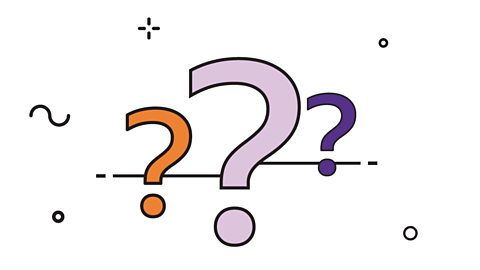
Frankenstein is the name of the monster in the story. True or false?
False. Victor Frankenstein is actually the name of the man who created the Monster. The Monster doesnβÄôt have a name.
Plot
Robert Walton, an Arctic explorer, rescues Victor Frankenstein from the ice. On board WaltonβÄôs ship, Victor tells Walton his life story. Walton listens and writes it down in letters to his sister.
Victor explains how he became obsessed with science as a child. After the death of his mother, he thought he could invent a way to bring back the dead. He put his ideas into practice and made a creature from dead body parts. When the Monster came to life, Victor was horrified and abandoned him.
Soon after, VictorβÄôs younger brother, William, was murdered. Although one of the family servants was found guilty of the murder, Victor explains that he thinks the Monster was responsible because he saw him nearby.
The Monster then tracked Victor down and confronted him. He told Victor the story of what happened to him after he was abandoned and explained how angry and lonely he was. The Monster blamed Victor and asked him to take responsibility for his actions. He also asked Victor to make him a female companion. Victor reluctantly agreed.
Victor explains how he began making the female companion but realised the consequences of his actions and destroyed her before she was finished. The Monster saw this and vowed to take revenge. He killed VictorβÄôs best friend Henry Clerval.
Victor returned home and married his adopted sister Elizabeth. The Monster killed Elizabeth on their wedding night in revenge for Victor destroying the female companion. Victor vowed to hunt the Monster down.
Victor says he chased the Monster to the Arctic, which is where he was rescued by Walton.
After telling Walton his life story, Victor dies of exhaustion on the ship. The Monster appears and grieves for Victor before heading off into the Arctic to die.
Activity
Characters
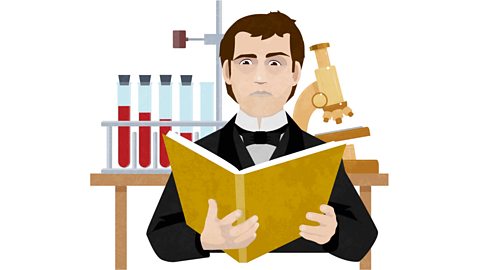
Victor Frankenstein
Victor comes from a wealthy family in Geneva, Switzerland. He is interested in science and becomes obsessed with trying to cure death.
Victor is ambitious and selfish. He isolates himself from his friends and family and refuses to take responsibility for what he has done.

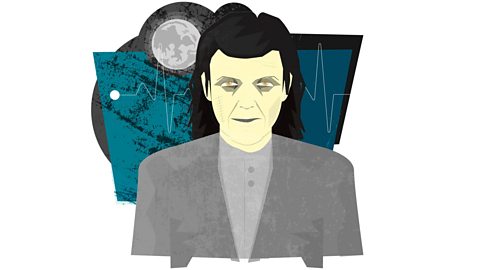
The Monster
The Monster is made by Victor from dead body parts. As soon as he comes to life, Victor abandons him.
Even though the Monster is intelligent and sensitive, people are disgusted and terrified by him. He is treated badly so has to learn survive on his own, becoming angry and jealous.
When Victor dies at the end of the novel, the Monster grieves for him and goes away to die as well.

Who is the real βĉmonsterβÄô in Frankenstein?
The Monster does some terrible things in revenge for the way Victor treats him, but he is also very intelligent and very lonely. Some readers feel sorry for the Monster because he is abandoned and hated by everyone.
Although his creation is seen as a βĉmonsterβÄô, Victor could be the real monster of the book because he doesnβÄôt accept any responsibility for the terrible consequences of his actions.
Robert Walton
Walton is an Arctic explorer. Like Victor, he is also ambitious and lonely.
Victor tells Robert his story and Walton writes it down in letters to his sister back in England.
Elizabeth
Elizabeth is adopted by the Frankenstein family and grows up with Victor. She is caring and innocent.
Elizabeth and Victor get married, but the Monster kills her in revenge.
Henry Clerval
Henry Clerval is VictorβÄôs best friend. Henry cares for Victor when he becomes unwell after creating the Monster, and goes with Victor when he travels to a remote laboratory to create the female companion. Henry is killed by the Monster.
Activity
Themes
Themes are the main ideas that appear repeatedly in a novel. Some of the important themes in Frankenstein are:
- Ambition
- Monsters
- Revenge
Ambition
Both Walton and Victor are ambitious characters, and both are lonely as a result of their ambitions. They push boundaries to discover new things and are punished for this. For example:
WaltonβÄôs ship gets trapped in Arctic ice after he explores further than anyone has ever gone before.
Victor is tormented by the Monster who kills his brother, best friend and wife.
However, Walton eventually listens to the warnings of his crew and takes responsibility for their safety by abandoning his mission. Victor never takes responsibility for his actions or listens to any warnings, and as a result he loses everyone he cares about before dying himself.
Monsters
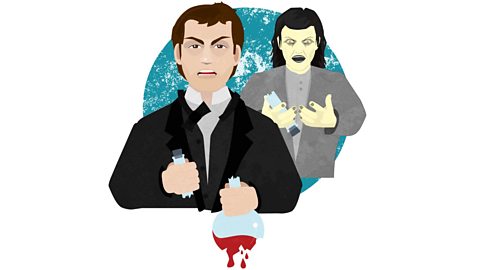
Many readers assume that the βĉmonsterβÄô in Frankenstein is VictorβÄôs creation. But, when the Monster tells his story to Victor and explains how lonely he feels, itβÄôs clear that Shelley wanted the reader to feel sympathy for him.
Shelley might be suggesting that other things are monstrous, for example:
Society, which she thought was unfair because of the way it treated the Monster.
Victor, because of how he abandons the Monster and refuses to make him a companion when he tells him he is lonely.
There are lots of similarities between Victor and the Monster. For example, they both call themselves a "miserable wretch" and they both want revenge.
ShelleyβÄôs message might be that no-one is entirely a 'monster' and that monsters are not necessarily the ones who look monstrous.

Revenge
Both Victor and the Monster take revenge on each other. For example:
When the Monster realises he has been abandoned, he takes revenge on Victor by killing William.
When Victor destroys the female companion, the Monster takes revenge by killing Henry and Elizabeth.
Victor then chases the Monster to the Arctic to get revenge for the death of Elizabeth.
For both characters, revenge becomes an obsession which ultimately leads to their deaths. It becomes clear that seeking revenge is a negative and unproductive act.

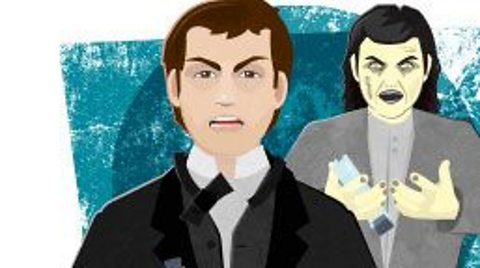
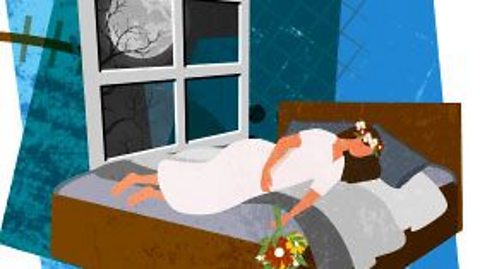
Activity
Language
Writers choose words and phrases carefully when they write. Readers can look closely at texts to think about how and why the writer made these choices.
First person narrative
Frankenstein is written in the first personA first person narrative is when the story is told from the point of view of one person using the pronoun βĉIβÄô. and is told by three different narrators: Walton, Victor and the Monster.
Walton writes letters to his sister about his voyage to the Arctic and about rescuing Victor.
Victor tells Walton his story.
The Monster tells Victor the story of how he survived in the forest and his early experiences of life.
By telling the story from the perspective of three different characters, Shelley helps the reader to understand each different viewpoint. It means there is no clear hero or villain and the reader has to decide for themselves who they sympathise with.
Structure
Structure refers to how written text is organised βÄ™ the way the story is ordered and shaped.
Narrative structure
Frankenstein uses three different narrative structures.
| frame narrativeThe story which surrounds the rest of the novel. For example, WaltonβÄôs letters to his sister start and end the novel. | This is the story that Walton tells through letters at the start and end of the novel. It βĉframesβÄô the rest of the story. |
| Main narrative | This is VictorβÄôs story. It is the central narrative in the novel. |
| embedded narrativeWhere one story is placed inside another story. For example, the MonsterβÄôs story is told within VictorβÄôs story. | This is when the Monster takes over and tells us the story from his perspective. His story is embedded, or inserted, into the main narrative. |
Non-chronological order
Unlike many stories, Frankenstein is not told in chronologicalChronological means following the time order in which events happened. Stories told chronologically start with the earliest event and end with the last.. This means that events do not happen in time order.
The story starts at the end when Victor has chased the Monster to the Arctic. Shelley then takes the reader back to VictorβÄôs childhood to find out what happened to him. The MonsterβÄôs embedded narrative also takes the reader back in time to find out what happened after Victor abandoned him.

Did you know?
A story told through letters is called an epistolary. WaltonβÄôs part of the novel, where he tells VictorβÄôs story to his sister through letters, is in an epistolary form.

Activity
Context
The contextThe factors surrounding a text that help us to understand it; the background events that help to explain something. in which a novel was written can sometimes tell you more about its themes, message and meaning.
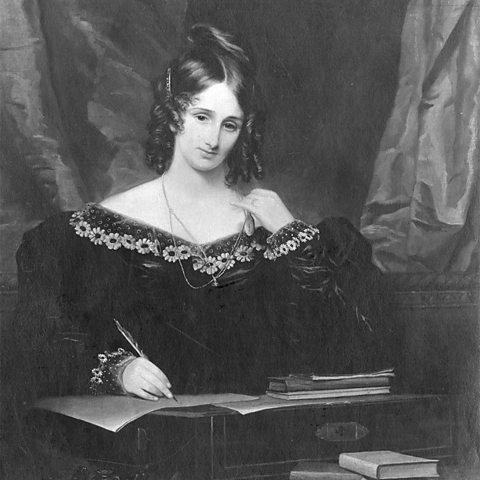
Mary Shelley
Mary Shelley started writing Frankenstein in 1816 when her friends held a competition to write a scary story. Her friends included the famous poets Percy Shelley and Lord Byron.
ShelleyβÄôs story was inspired by some gruesome scientific experiments that were happening during her lifetime. Some scientists were experimenting with using electricity to reanimate dead animals, such as frogs. In 1803, they even tried to reanimate a human body.
These experiments were not successful, but Shelley used them as inspiration for VictorβÄôs creation. She explored societyβÄôs fears about what might happen if these experiments succeeded.


Did you know?
Mary Shelley was only 21 years old when Frankenstein was first published in 1818.
Young women were not expected to have careers at this time so she published the book anonymously, hoping that people would take it more seriously.
In 1831, when it had become a success, it was republished under her real name.
Check your understanding
Play Bitesize secondary games. gamePlay Bitesize secondary games
Have fun playing science, maths, history, geography and language games.

More on Literature
Find out more by working through a topic
- count7 of 18
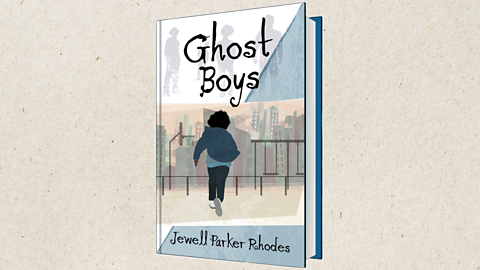
- count8 of 18

- count9 of 18

- count10 of 18
